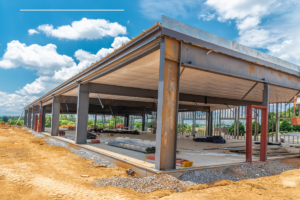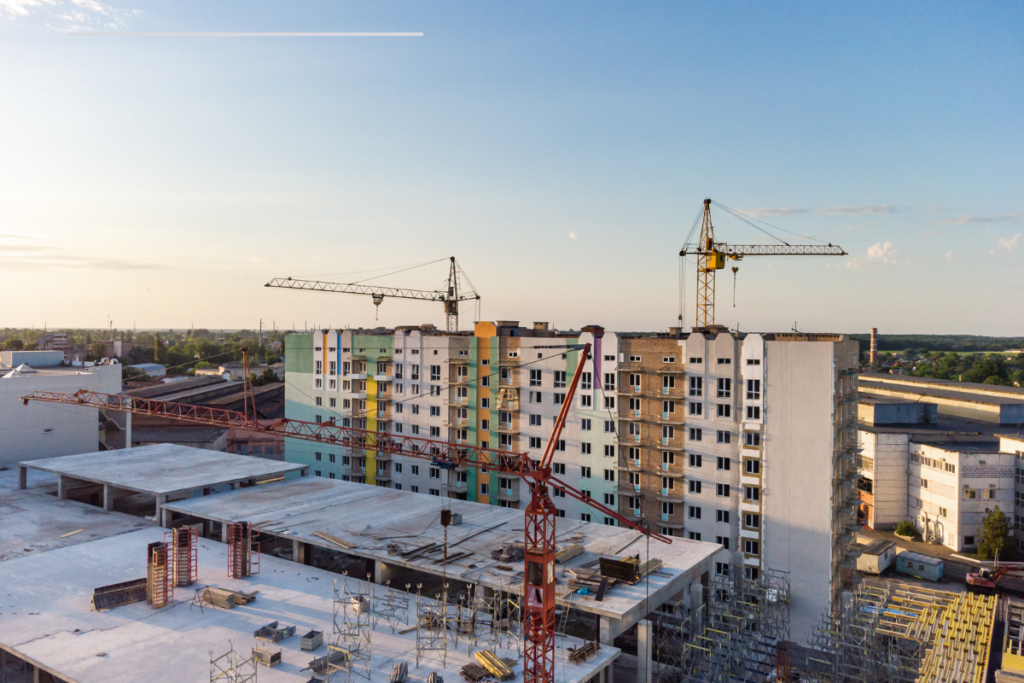 Introduction to Commercial Construction Estimating:
Introduction to Commercial Construction Estimating:
Commercial construction estimating is a critical component in the construction industry, shaping the success and profitability of a project from the outset. Whether you’re building a skyscraper, renovating an office complex, or managing a multi-phase development, accurate commercial construction estimates help establish realistic budgets, prevent costly overruns, and secure project financing. This comprehensive article delves into the process, methods, and best practices involved in commercial construction estimating, along with how these can make or break a construction project.
1. What is Commercial Construction Estimating?
Commercial construction estimating is the process of calculating the potential costs associated with a commercial construction project. Estimators consider numerous elements—materials, labor, equipment, permits, and other associated expenses—to develop a budget that aligns with project requirements and owner expectations. This estimation stage is essential for determining the feasibility of a project and preparing for any financial, legal, or logistical challenges that may arise.
2. The Importance of Commercial Construction Estimating
Commercial construction estimating is more than just a cost prediction; it’s a strategic tool that enhances efficiency, minimizes risk, and maximizes profitability. Here’s why accurate estimating is crucial:
- Budget Accuracy: Estimating provides a clear picture of the anticipated expenses, ensuring all project phases align with the financial constraints.
- Risk Mitigation: Identifying potential costs early on helps in spotting risks, thus preventing budget overruns.
- Project Feasibility: Accurate estimates can determine whether a project is financially viable, influencing the decision to proceed, modify, or halt.
- Client Satisfaction: Transparent and accurate estimates build client trust, leading to long-term relationships and repeat business.
3. Key Components of Commercial Construction Estimating
Estimating involves a deep dive into multiple cost areas, including:
- Materials: This encompasses all building supplies, from concrete to steel to HVAC systems, with material pricing impacted by market rates and availability.
- Labor Costs: Labor wages vary based on skills, project location, and seasonal demand. Estimators must account for all labor hours required to complete the project.
- Equipment and Machinery: Heavy machinery and specialized tools incur rental or purchase fees, along with maintenance costs.
- Permits and Licensing: Projects require permits, which come with fees and often additional requirements, impacting the overall budget.
- Contingency Funds: Estimators include contingency budgets to account for unforeseen costs, like unexpected delays or material shortages.
- Overhead Costs: Overhead includes administrative expenses, insurance, safety measures, and other indirect costs essential for project management.
4. Techniques for Effective Commercial Construction Estimating
Several methods aid in creating precise estimates. Each approach has its strengths, depending on the project scope and available data.
- Unit Cost Estimating: This involves assigning a cost per unit for labor, materials, and equipment. Unit cost estimating is ideal for standardizing project phases with repetitive tasks.
- Square Foot Estimating: Often used in the preliminary stages, square foot estimating provides a rough estimate by applying a per-square-foot cost based on similar past projects.
- Assembly Estimating: This technique breaks down the project into smaller assemblies (e.g., plumbing, electrical) and estimates the cost for each.
- Detailed Estimating: The most comprehensive and precise method, detailed estimating involves listing every cost associated with the project. Although time-intensive, it offers the highest accuracy.
5. Factors Influencing Commercial Construction Estimates
Commercial construction estimates are impacted by a variety of external and internal factors:
- Market Conditions: Material and labor costs fluctuate due to market demand, supply chain issues, and economic trends.
- Location: Project location affects labor rates, material availability, and transportation costs.
- Project Scope and Complexity: Complex projects with intricate designs or custom requirements demand more labor, unique materials, and specialized skills.
- Time Constraints: Accelerated timelines may increase costs due to overtime labor, fast-tracked material orders, and additional equipment rentals.
6. Challenges in Commercial Construction Estimating
Commercial construction estimating is challenging due to the variability of costs, unpredictable external factors, and project-specific requirements. Some common obstacles include:
- Design Changes: Frequent design adjustments can alter material and labor needs, impacting the overall budget.
- Supply Chain Disruptions: Global supply chain issues can cause material delays, resulting in cost increases and extended timelines.
- Labor Shortages: A lack of skilled labor can increase costs, especially when hiring specialized subcontractors.
- Inflation and Price Volatility: Fluctuations in material costs, such as steel or lumber, directly affect the estimate’s accuracy.
7. Best Practices for Successful Commercial Construction Estimating
To ensure accurate and realistic estimates, consider these best practices:
- Utilize Estimating Software: Digital tools enhance accuracy and streamline complex calculations, saving time and reducing errors.
- Refer to Historical Data: Examining data from previous projects can provide valuable insights for estimating similar future projects.
- Collaborate with Suppliers and Subcontractors: Engaging with suppliers and subcontractors early helps in securing cost-effective materials and labor resources.
- Conduct Regular Reviews: Update the estimate at each project phase to account for changes in design, labor, or materials.
- Include Contingency: A contingency budget ensures preparedness for any unexpected costs, minimizing financial disruptions.
8. Role of Estimating Software in Commercial Construction
Commercial construction estimating software has become an invaluable asset, providing tools for more accurate, efficient, and organized project estimates. These platforms often come with features like:
- Cost Database Integration: Access to real-time pricing for materials and labor, ensuring up-to-date estimates.
- Automated Calculations: Built-in calculators reduce manual work, helping eliminate human errors.
- Customizable Templates: Templates allow estimators to customize project phases based on unique client needs.
- Reporting and Analytics: Software provides reports and analytics, which are valuable for both internal reviews and client presentations.
Popular commercial construction estimating software includes ProEst, Sage Estimating, and Buildertrend, each designed to cater to different project scales and specific requirements.
Commercial construction estimating is a complex, yet essential part of every construction project, determining the financial framework and overall feasibility. An accurate estimate not only builds a foundation for project success but also strengthens client trust and improves financial management. By incorporating proven techniques, adapting to industry trends, and leveraging technology, estimators can provide realistic and reliable cost predictions, laying the groundwork for successful commercial construction projects.
Are you looking for the best estimating services in USA?
Look no further than “https://zionestimating.com”
They are offering top-notch services like;
- Construction/cost estimation
- Budget planning
- Material takeoff
- Equipment estimation
and further more!!!
Here are some more information for your convenience:
Phone no. : +1 718-427-9941 || +1 562-383-6177
Email:[email protected]
Visit their blogs and site
https://zionestimating.com for the latest updates and service tips!
